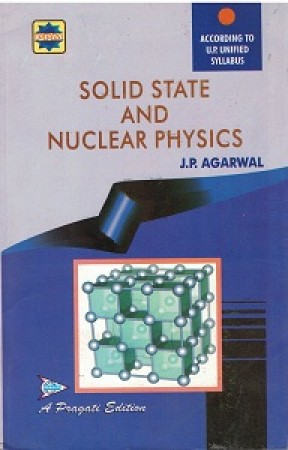

Schematic layout and equivalent lumped circuit representation of proposed implementation of cavity QED using superconducting circuits. The dash-dotted line indicates the linearly increasing Johnson-Nyquist noise. At frequencies corresponding to the qubit splittings, Ω ∼ 1 0 10 Hz for superconducting qubits, the measured quantum noise is white or Ohmic (dotted and thin lines). Fluctuations of flux, critical current, and charge correspond usually to different 1 / f noise amplitudes and extend in different frequency ranges: top and bottom curves illustrate typical 1 / f measurements of different variables in the same setup. For instance, 1 / f-type flux noise has been detected by a free-induction Ramsey interference experiment in the 0.01–100 Hz range () and by noise spectroscopy by means of dynamical decoupling in the 0.2–20 MHz range ().
#MODERN SOLID STATE PHYSICS WINDOWS#
1 / f noise can be measured in different frequency windows using different detection techniques (different symbols and dots). The thick lines indicate the 1 / f α dependence, with α ∼ 0.9.

Long-dashed lines indicate the 1 / f dependence extending between the intrinsic low- and high-frequency cutoffs γ m and γ M, which in general are not known. Lines correspond to the behavior expected in different frequency domains, and dots represent typical experimental observations in selected frequency ranges. Qualitative representation of the noise spectrum S ( ω ) on log-log scale. Finally, several strategies for minimizing the noise-induced decoherence are considered. The start is from individual qubits concentrating mostly on the devices based on superconductor circuits and then some special issues related to more complicated architectures are discussed. The main focus of the review is to analyze how the 1 / f noise destroys their coherent operation. Basic mechanisms of such noises in various nanodevices are discussed and several models describing the interaction of the noise sources with quantum devices are reviewed. This paper reviews the current state of the theory of decoherence due to degrees of freedom producing 1 / f noise. If the hopping times are distributed in an exponentially broad domain, the resulting fluctuations have a spectrum close to 1 / f in a large frequency range.

The simplest picture is that the environment that destroys the phase coherence of the device can be thought of as a system of two-state fluctuators, which experience random hops between their states. According to the present point of view, such noise is due to material- and device-specific microscopic degrees of freedom interacting with quantum variables of the nanodevice. In most cases, quantum devices are affected by noise decreasing with frequency f approximately as 1 / f.

Under these conditions, the material-inherent sources of noise start to play a crucial role. This progress is based mostly on a successful isolation of the qubits from external decoherence sources obtained by engineering. Recently, substantial progress was achieved in enhancing the time within which a solid-state qubit demonstrates coherent dynamics. The efficiency of the future devices for quantum information processing is limited mostly by the finite decoherence rates of the individual qubits and quantum gates.


 0 kommentar(er)
0 kommentar(er)
